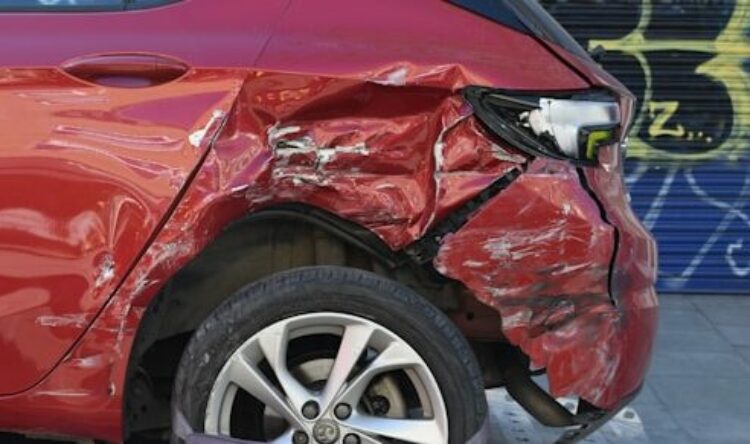Left for dust
Beware of fake buyers stealing cars via a test drive
Motor insurance companies are warning against a growing theft problem.
Specialist motor insurance loss adjuster, Claims Management & Adjusting (CMA), says that there is an increase in the ‘bogus buyer’ vehicle theft.
A particular rise has been seen in the South East of England, but it is a growing threat throughout the UK.
Hopeful seller
The scam sees criminals targeting vehicle owners advertising their car, van or motorbike for sale privately. This is usually via local newspapers or online local and national marketplaces.
Unfortunately the seller, being considerate and wanting a quick and efficient sales process, gathers everything the crook wants, and in one place. This includes the vehicle and sets of keys of course, but also all the relevant paperwork, from registration documents to service records.
The sting commonly comes via a request for a test drive, after all, you don’t buya vehicle without testing what it’s like.
This is the perfect opportunity for the criminal, pseudo buyer, to strike. Seizing any opportunity to jump into the driver’s seat, it can also be the opportunity to speed off and never return.
In the worst cases, this can also involve threatening behaviour or violence.
Repeat offender
“The bogus buyer method is as old as the hills and unfortunately it is on the rise again,” states Philip Swift, a former detective, now Technical Director at CMA. “It starts with deception, taking advantage of peoples’ good nature, and ends with a brazen theft.”
The thieves pretence is carefully worked. Generally there is some haggling, sufficient to keep up the pretence. Once a small price reduction is agreed, the seller’s spirits are up and their guard is down. It is at this point that the unscrupulous perpetrator casually asks for a test drive. Its common for them to say the vehicle all looks great and just need to quick drive around to check it runs as well as it looks.
Some sellers offer to let the buyer take a drive alone, but they are constantly looking for the opportunity to strike. As soon as the key has been handed over and the seller is perhaps not yet in the car, the thief speeds off. That short window of opportunity is often all they need and they’re gone.
Sign of the times
The chances of getting the vehicle back are getting slimmer and slimmer, even if you report the crime moments after it happens.
“With the UK stolen vehicle recovery rate currently at an all-time low of just 23%, down from 80% in 2006, the chances of you ever seeing your car again are not good,” adds Swift.
“And there’s a further potential kick in the teeth in that, while your insurance company may pay out, the process might well be delayed by the need to acquire paperwork related to an ongoing police investigation.
Prevention is better than a cure. Being aware that some potential purchasers are less than honest is the first place to start. Be observant and always err on the side of caution, however genuine the buyer seems. It doesn’t mean being terse or unfriendly, just wisely cautious and open.
Swift adds some extra advice: “Did they arrive alone or get a lift? If they got a lift, is their mate still there? They will not want you to see that car as it links to them. It is good practice to always have a friend with you and keep hold of the keys and paperwork until the payment has hit your account. Additionally, please consider the wisdom of offering a test drive when selling privately under any circumstances, whether your buyer is bogus or not. Are they insured to drive your car? Do they even have a licence? If they crash it could well cost you, not only in terms of breaching your insurance policy and losing your no claims bonus, but in breaking the law and getting six points on your licence as well.”





